August in Kabul: America’s last days in Afghanistan
Melbourne University Press, $34.99 pb, 304 pp
Fuelling the fire
 copy.jpg)
This book will at times quite literally take your breath away. A deeply reported account of the fall of Afghanistan’s capital, August in Kabul tells the harrowing stories of those who escaped and those who were left behind in the maelstrom of those two weeks between the arrival of the Taliban on 15 August 2021 and the final US flight to depart – at one minute to midnight on 30 August. Compelling, vivid, and distressing all at once, it is a damning indictment of the Taliban’s wanton cruelty and of the domestic and foreign policy failures that allowed them to return. It is an impressive book-length début by one of Australia’s pre-eminent photojournalists.
Quilty, a nine-time Walkley Award winner who had lived in Kabul since 2013, almost missed the shocking events that would become the basis for August in Kabul. Just as the rapid march of the Taliban into cities across Afghanistan in early August last year took Western intelligence by surprise, so too it blindsided Quilty, who was in France at the time, attending a wedding. And so on 14 August, ‘as anyone with the means of leaving Kabul’ was exiting the country, the Australian was on one of the last Emirates flights into the country. This is where August in Kabul begins, and it was in Kabul that Quilty stayed, chronicling the chaos of the American exit and the early months of Taliban rule, until returning to Australia last November. He was one of the few foreign journalists in the country during the fall – indeed, one of the few working journalists, as many local reporters were forced into hiding.
August in Kabul is thus a first draft of history, a work drawing on Quilty’s own experiences of those two weeks (including ten hours in Taliban detention), informed by his eight years reporting across the country, and supplemented by more than one hundred interviews. In a prefatory note, he concedes that ‘more forensic retellings of the last days of America in Afghanistan will be written as information is declassified and others who were involved come out of self-imposed public exile’. Until then, he continues, ‘this book represents the most accurate accounting of events – collected as they happened and in their immediate aftermath – that I can offer’.
This was not the book Quilty initially set out to write. He admits at one point that a project had been on his mind since 2020, after the Taliban signed the Doha Agreement with the United States to mark the beginning of the end of American-supported Afghan government rule. ‘I saw the Doha Agreement as a death knell for the Afghan Government, but I never anticipated it would come so quickly,’ he says. Instead, Quilty wanted to write about the gulf between rural Afghanistan and those in the cities, particularly Kabul.
The rural experience of the two-decade war ‘was one of deprivation and disaffection – a story less often told’, and a central explanation for the US failure in Afghanistan. The ‘punitive neglect of the rural class’ was ‘creating an increasingly unbridgeable gap between rural Afghanistan and the central government’. (Quilty won an Overseas Press Club of America award for his investigation into massacres committed by CIA-backed militias, a ‘lack of accountability’ that was ‘self-defeating’ and, he suggests, ultimately ‘the war’s essential theme’.) Then Kabul fell, and ‘made the themes I’d followed in Afghanistan over the preceding six years all of a sudden seem less urgent’. Perhaps – but Quilty’s wider contextual understanding informs August in Kabul, making it an incisive and analytical read.
The book is focused on particular figures: Captain Jalal Sulaiman, commander of several Afghan National Army outposts in Maidan Wardak, two hours south of Kabul; Hamed Safi, a press attaché in former President Hamid Karzai’s retinue; Najma Sediqi, a female journalist (who, harrowingly, purchases a knife: ‘before they take me, I will kill myself’); and more. They deliver heart-wrenching human stories. Through them Quilty offers a broader narrative, of state failure, foreign policy missteps, and, ultimately, government betrayal. The book is full of minor details that, cumulatively, serve as a condemnation of counterproductive American methods – such as the use of local intelligence operatives disguised as humanitarian workers. ‘In 2018, such practices resulted in bans on house-to-house vaccination campaigns in Taliban-controlled areas and the subsequent spikes in the spread of the polio virus,’ the author recalls.
Quilty, an assured narrator, lets the facts speak for themselves, but imbues the story with this wider perspective informed by his long stint in Afghanistan. When he does offer judgement, it can be damning: ‘The Taliban’s military victory would never have come without the ineptitude and malfeasance of successive administrations in Kabul and their armed forces, and the hubris of the American-led international military coalition.’
Two stories stand out. The book begins with a finely detailed account of a stand-off between the army’s Antenna Post, overseen by Sulaiman, and a local Taliban contingent, in the months prior to the fall of Kabul. Quilty tells the story of the siege of this outpost – on-and-off fighting, lack of interest from army headquarters in Kabul, impact on the surrounding community – through Sulaiman’s eyes and those of his Taliban counterpart, Abudajanah. It is unusual for its inclusion of Abudajanah’s perspective – a tale of cruelty at the hands of the state that pushed Abudajanah towards the alternative: the Taliban. Quilty does not excuse the Taliban’s inexcusable acts, but this perspective does help explain. He recalls a night-time raid by US-backed forces on a local madrassa that saw five students mercilessly executed. It is unclear if they were students or Talibs – or (most probably) both – but there is little room for fine distinctions under international humanitarian law in the case of extrajudicial killing of unarmed individuals. ‘And regardless,’ Quilty writes, ‘the effect … [was] akin to fuelling the fire rather than putting it out.’
Quilty also tells the story of Nadia, a nineteen-year-old woman, who tried unsuccessfully to leave via Kabul airport during the chaos, only for her family to try and marry her off to a Talib, to save themselves. Living in an abusive home, Nadia is repeatedly beaten by her father and brothers; in one sickening scene, she is flailed with the plastic hose ordinarily used to connect the family’s stovetop to a gas bottle. When she attempts suicide by slitting her wrist with a razor, her mother suggests taking her to the hospital; her brother simply scoffs: ‘Let her do what she wants.’ (Remarkably, Nadia retains some empathy for her family against the backdrop of the Taliban’s return – ‘she empathised with her father’s predicament and reasoned that her brothers were only acting out of fear’.) Nadia’s story has a positive ending; she managed to escape from Afghanistan in April 2022. But so many have been left behind, including many who worked for Australian forces – offered minimal assistance by the former and current Australian government and in a constant state of fear of Taliban retaliation.
Any faults in the book are minor ones. The level of detail is at times overwhelming and can require close readerly attention. The book proceeds largely chronologically in covering the two weeks as Kabul fell, filling in the necessary context on recent Afghan history as the issues arise. This is done well, providing the detail when relevant rather than opening with a priming chapter, but readers with little knowledge of Afghanistan may feel disoriented. On the whole, though, August in Kabul is gripping, accessible, and empathetic. Quilty’s photographic background shines through with vivid, scene-setting prose, plus the inclusion of over a dozen jaw-dropping images midway through the book.
Almost twelve months later, just a day before the first anniversary of Kabul’s fall, Quilty was in Canberra speaking at the local writer’s festival. It was a world away from the chaos he left behind. But on the panel, it was clear that Quilty’s heart is still in Afghanistan. ‘It was my home,’ he told the audience.
Reflecting on the frantic days in the lead-up to the final US airlift, Quilty quipped that ‘I didn’t do a good job as a journalist in those two weeks’, given his preoccupation with the city and efforts to help evacuate locals. Any deficiencies in Quilty’s reporting during the fall – real or imagined – have been more than made up for by August in Kabul. This is a heartfelt account of one of the greatest tragedies of our era. Long-form, first-hand journalism at its finest.



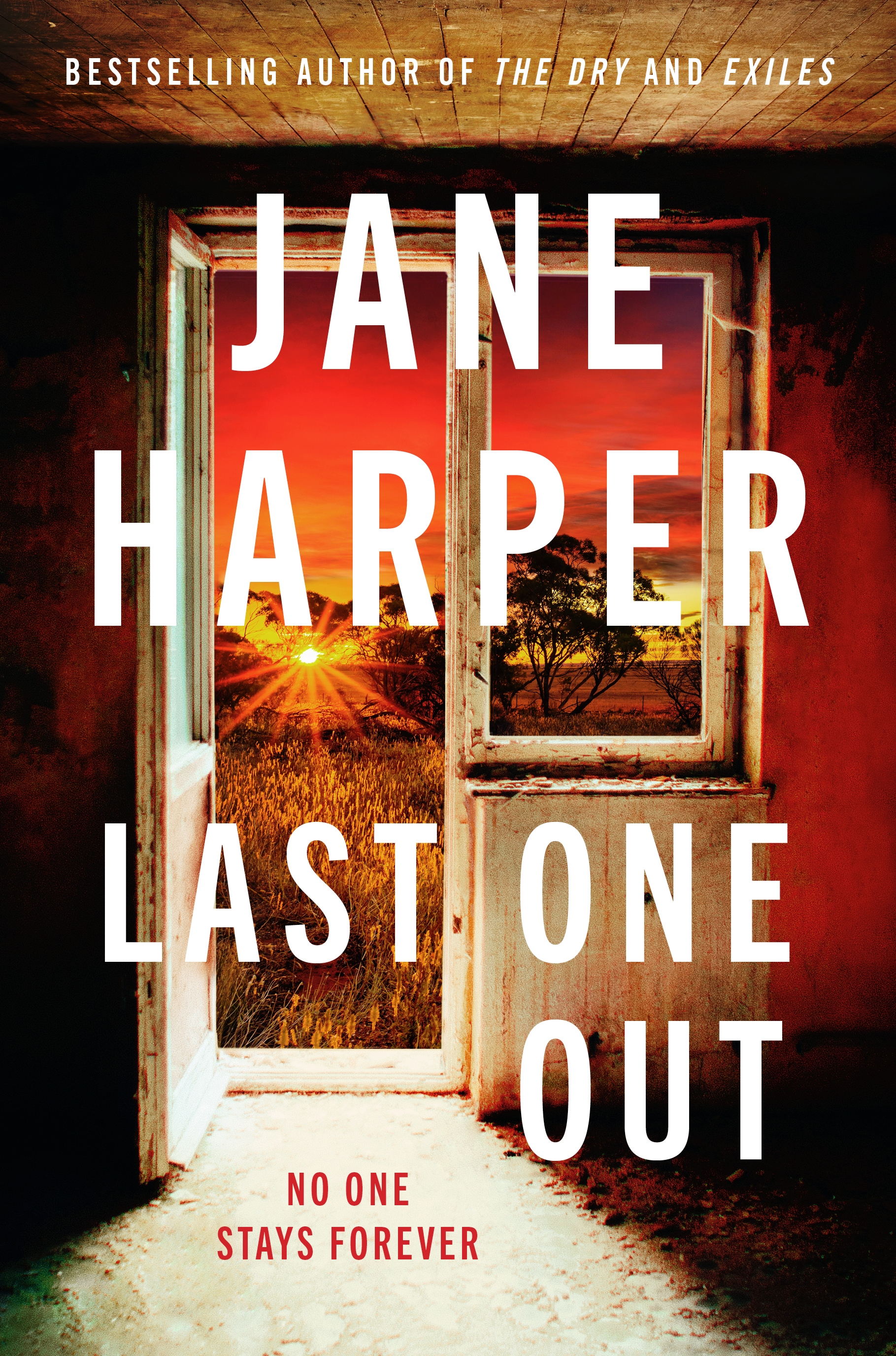
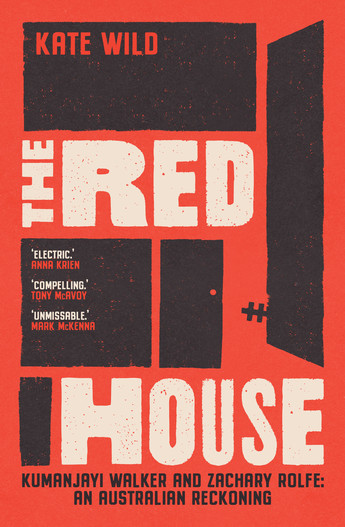


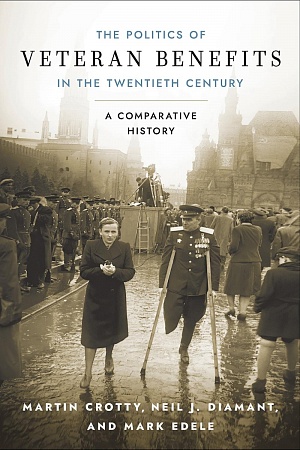
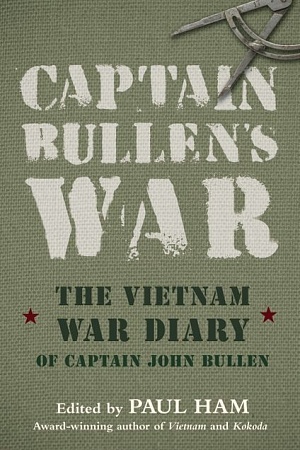
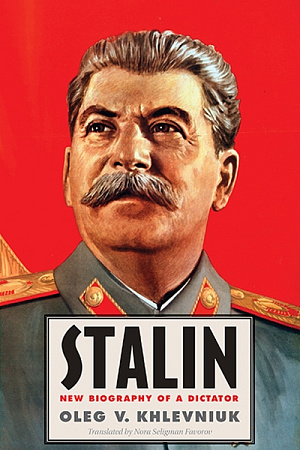
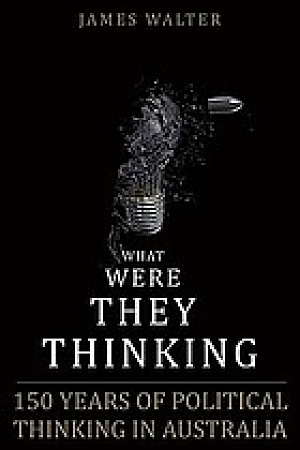
Leave a comment
If you are an ABR subscriber, you will need to sign in to post a comment.
If you have forgotten your sign in details, or if you receive an error message when trying to submit your comment, please email your comment (and the name of the article to which it relates) to ABR Comments. We will review your comment and, subject to approval, we will post it under your name.
Please note that all comments must be approved by ABR and comply with our Terms & Conditions.